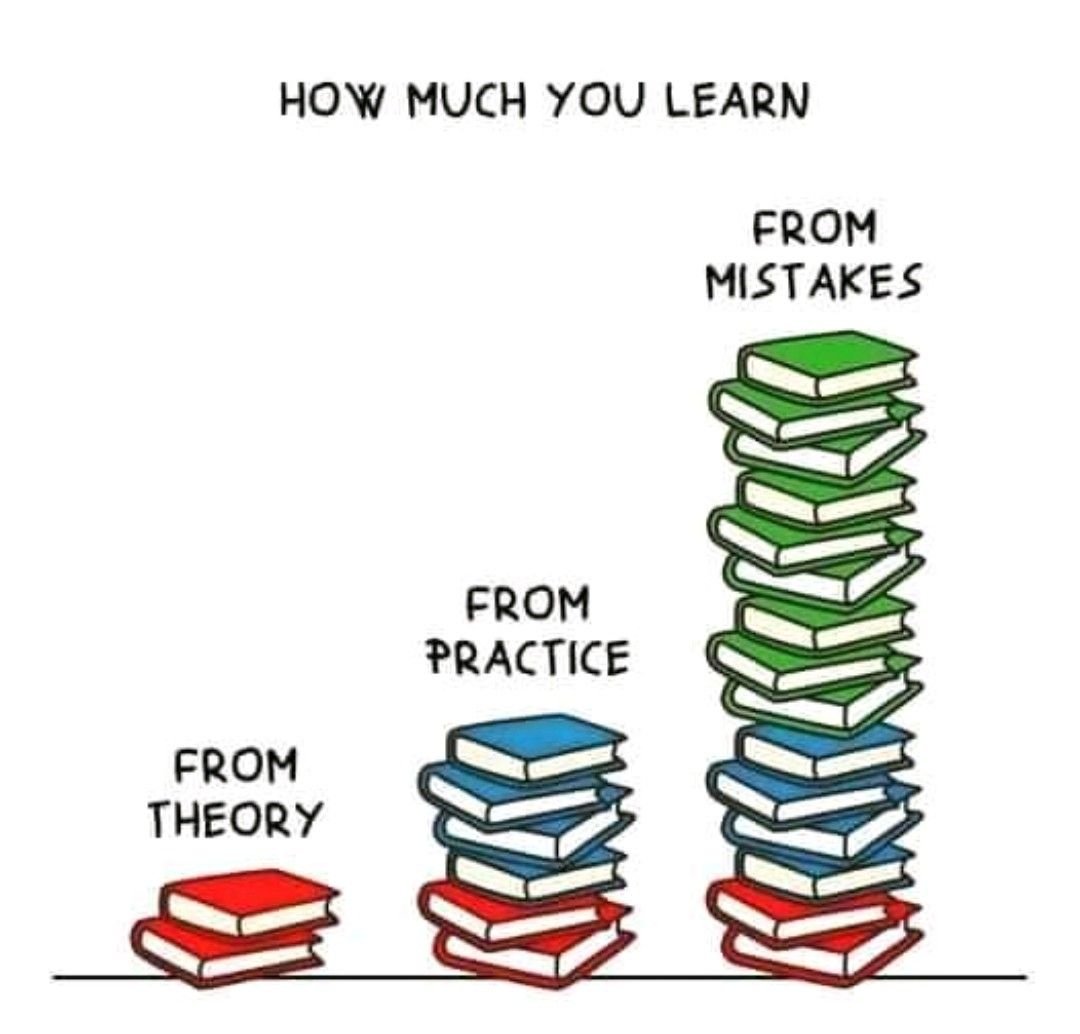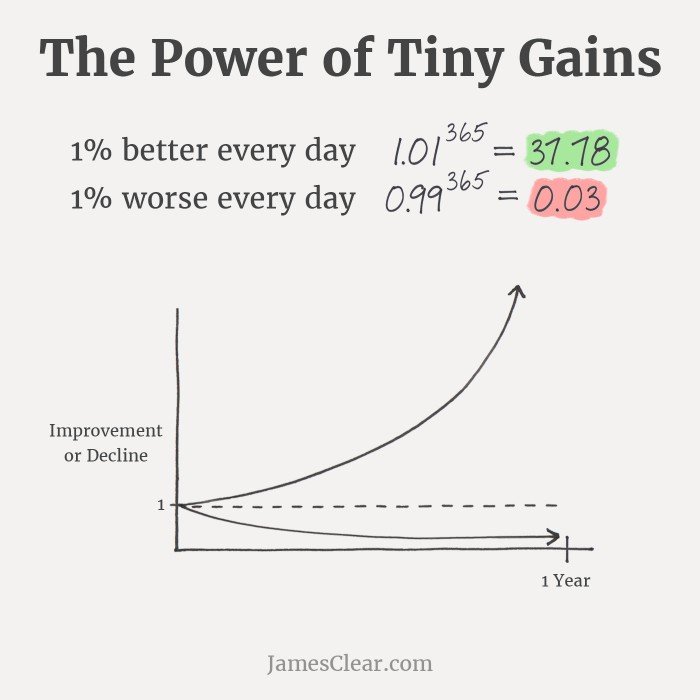What’s the Right Amount of Risk?
“If it ain’t rubbin, it ain’t racing!” That’s what my friend said to me when he returned from a successful Leadville 100 mountain bike race with numerous cuts, scrapes and bruises to show for it. It’s a mantra adopted by racers from Nascar to Ironman triathlons — those who take smart risks in order to find the limits of their performance. To them, a perfect effort includes some mistakes and there’s good inspiration in that for all of us.
We love this principle because it’s directly applicable to the work of CX experimentation (but from the relative comfort of our offices and board rooms). At HoK we have a very strong focus on mistakes — these are the most valuable learnings pointing to progress. It’s how sustainable gains are made over the long run and what separates the leaders from the rest of the pack.
Among the secrets to customer-centric growth is building in an appropriate tolerance for mistakes, rather than trying to eliminate them as most organizations do. “I never lose. I either win or learn.” is another way to think about it and one that begs the question of how much risk we should be aiming for, rather than avoiding, in our efforts.
The truth is that we’re all far more averse to risk than we need be. Broadly speaking, the culture of business performance is biased towards excellence more so than success. As a result, the tolerance for risk is too low to meaningfully test the commercial potential.
Most of you may be familiar with the concept of tiny compounding gains, they’re exponential and generally beat out the bigger bets over the long term. But here, let’s look at the failure side of the equation, it simply doesn’t accumulate the same way.
This means that an ongoing appetite for mistakes isn’t as risky as is often assumed. Well planned risks don’t have such significant performance consequences. And when you consider the value of the learnings leading to a better success rate in the future, it’s quite a compelling ROI.
This sounds a lot like the theory portion of the top graphic, doesn’t it?
So here’s where the rubber meets the road as the racers would say: Your best strategy for achieving sustainable performance growth comes in collaboration with the folks who have made the most mistakes, and plan them into their efforts.
The typical CX optimization program produces a 30% test success rate. That’s 70% failure, too much, and indicative of an early stage program without a lot of experience to lean on. Likewise, a 100% test success rate means that you’re not “rubbin” or taking adequate risk to achieve your potential. We’ve found that the 20% targeted failure rate is a pretty good place to be.
At HoK we’re running at 83% test success rate. Not all of the tests win, but they always elucidate learnings that improve the performance of the next test. And it’s critical to note, when we design tests there’s multiple variations competing (not just a/b), so by design, there will be more failed variations leading to a better overall winner. Intentional mistakes are baked into our process so that we can test the limits of potential and maximize learnings in the process.
If you want to learn more about our mistakes and how we apply that experience to CX optimizations for sustained growth, let me know or just grab some time on my calendar,
Thanks
- Matt
Did you find this email worth your time?
🤩 Worth it | 😕 Meh | 🙄 Nope
The HoK community is truly incredible, and word-of-mouth referrals are a huge help. If you found this email worth your time, please pass it on to others who might as well. Many thanks to those of you who already have! 🙏
Did someone forward this email to you?
Subscribe for free if you’re into it.


